Tilapia exports aim to surpass $100 million by 2027.
Over the past two decades, tilapia farming in our country has developed strongly, making a significant contribution to ensuring food security, creating livelihoods for people in rural areas, and aiming for export.
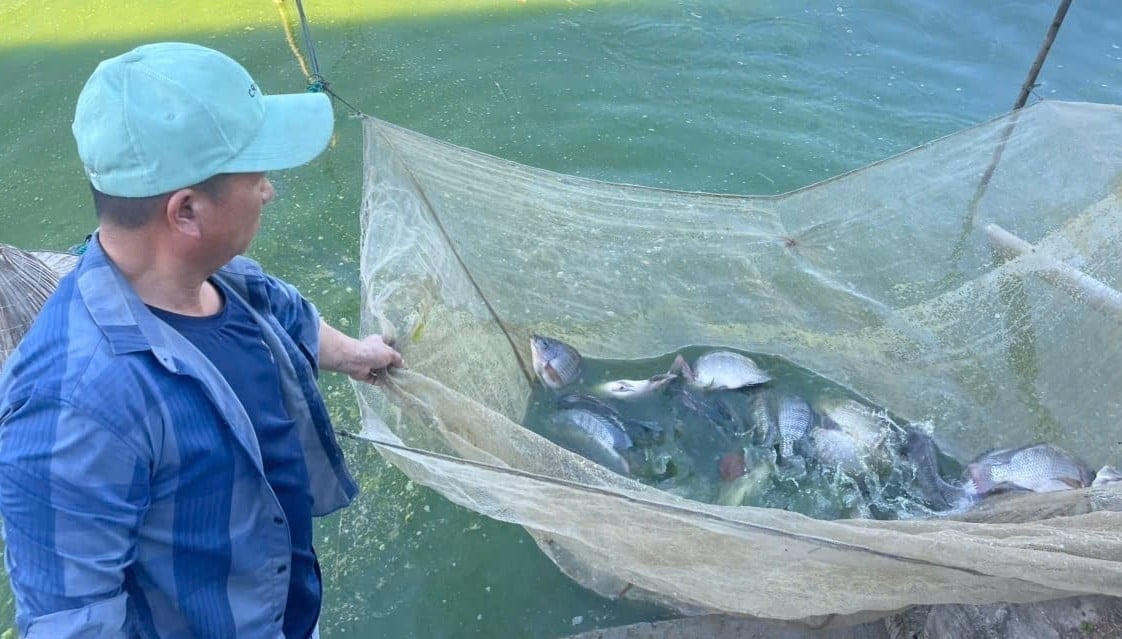
By 2027, tilapia aims to achieve export revenue exceeding 100 million USD. Photo: Viet Khanh
According to the Vietnam Association of Seafood Processing and Export (VASEP), the area for tilapia farming in Vietnam is approximately 30,000 hectares; the farming area varies between regions, mainly concentrated in the Mekong Delta and Northern Vietnam. The target for 2030 is to reach 43,000-45,000 hectares for tilapia farming in Vietnam, with a production of 350,000 tons if conditions are favorable and technology is applied more effectively.
In 2024, tilapia exports reached $41 million with a production volume of 316,000 tons. In the first eight months of this year, tilapia exports are estimated at $63.3 million, nearly three times higher than the $23 million figure for the same period in 2024.
In terms of markets, the US is the largest importer, accounting for 62% of the total value of Vietnamese tilapia exported to all markets. Russia ranks second with 13%, equivalent to $1.8 million...
Sharing his views on the export prospects of tilapia in the period 2025-2030, VASEP General Secretary Nguyen Hoai Nam said that with the Government 's attention, the fisheries sector is in the process of diversifying aquaculture species, with tilapia being considered a promising target. Along with that, the interest of businesses in developing tilapia farming, processing, and export is increasing.
In particular, from 2025, the US will impose high tariffs of 45-54% on Chinese tilapia, along with export control regulations in Guangdong and Hainan, reducing China's supply and creating opportunities for Vietnam. Vietnamese tilapia is considered high-quality, clean, and safe, with many factories achieving environmental, social, and labor certifications (ASC) and quality management certifications (BAP); it meets the tastes of the US and EU.
Furthermore, we also benefit from Free Trade Agreements (FTAs) to increase export opportunities and form closed value chains; striving to achieve export turnover exceeding 100 million USD by 2027, prioritizing the US, EU, Japan, and Middle Eastern markets.
Enhance credit and technology support.
Despite favorable factors, the tilapia industry still faces numerous challenges, such as small-scale and fragmented farming; a lack of supply chain linkages; and inconsistent infrastructure. Tilapia farming in various localities faces many risks due to climate change, diseases, and water quality degradation; input costs are high, especially feed, which accounts for 65-70% of total production costs.
The majority of tilapia broodstock is imported, and the lack of standardized genetic control poses a risk of disease transmission. Currently, Vietnam is developing fast-growing, disease-resistant varieties, but commercial expansion is not yet widespread. Strict international standards, traceability requirements, and fluctuating tariffs in the global market also create significant pressure on businesses...
With the aim of developing tilapia into a key export industry, the Department of Fisheries and Fisheries Inspection emphasizes that Vietnam needs to re-plan farming areas to suit ecological conditions, invest in infrastructure, and link production with processing and consumption in key areas. Simultaneously, it is necessary to improve the system of high-quality breeding stock and apply advanced farming technologies such as recirculating aquaculture systems (RAS) and the use of microorganisms that create suspended particles in water (biofloc) to enhance environmental management and disease safety.
Developing sustainable industrial feed, organizing production in a closed-loop supply chain, building brands, and expanding export markets are key priorities. In addition, it is necessary to improve mechanisms for credit support, technology transfer, traceability, and expand VietGAP, ASC, and BAP certifications to enhance the quality, value, and reputation of Vietnamese tilapia in the international market.
Vietnam is at a crucial juncture in shaping its strategy for developing the tilapia export industry. According to Dr. Bui Ngoc Thanh, Director of Fisheries Technology - Vietnam at the U.S. Soybean Export Council (USSEC), the focus of this strategy is to standardize product quality, build a stable and transparent supply chain, and strengthen the close links between farmers, processing businesses, and international distribution systems.
Furthermore, enhancing the brand value of Vietnamese tilapia is considered a key factor, closely linked to sustainable development through the use of environmentally friendly raw materials such as American soybeans.
Looking ahead, VASEP representatives proposed that the tilapia industry should focus on improving production with high-quality, disease-resistant breeds, expanding farming models in closed environments, and cooperating with feed businesses to reduce costs; enhancing processing with automated filleting, value-added products, and transparent supply chains. Simultaneously, support should be provided through tax exemptions, land lease funds, insurance, and technical training; and trade promotion targeting the EU, the US, Japan, and the Middle East should be intensified.
Regarding the issue of broodstock, many experts emphasize that tilapia farming requires comprehensive investment in breeding techniques, environmental management, biosecurity, and technology transfer mechanisms.
Source: https://daibieunhandan.vn/ca-ro-phi-huong-toi-mat-hang-xuat-khau-chu-luc-10393387.html


![[Photo] Prime Minister Pham Minh Chinh receives the Governor of Tochigi Province (Japan)](/_next/image?url=https%3A%2F%2Fvphoto.vietnam.vn%2Fthumb%2F1200x675%2Fvietnam%2Fresource%2FIMAGE%2F2025%2F12%2F16%2F1765892133176_dsc-8082-6425-jpg.webp&w=3840&q=75)


![[Photo] Prime Minister Pham Minh Chinh receives Lao Minister of Education and Sports Thongsalith Mangnormek](/_next/image?url=https%3A%2F%2Fvphoto.vietnam.vn%2Fthumb%2F1200x675%2Fvietnam%2Fresource%2FIMAGE%2F2025%2F12%2F16%2F1765876834721_dsc-7519-jpg.webp&w=3840&q=75)
![[Image] Leaked images ahead of the 2025 Community Action Awards gala.](/_next/image?url=https%3A%2F%2Fvphoto.vietnam.vn%2Fthumb%2F1200x675%2Fvietnam%2Fresource%2FIMAGE%2F2025%2F12%2F16%2F1765882828720_ndo_br_thiet-ke-chua-co-ten-45-png.webp&w=3840&q=75)
![[Live] 2025 Community Action Awards Gala](/_next/image?url=https%3A%2F%2Fvphoto.vietnam.vn%2Fthumb%2F1200x675%2Fvietnam%2Fresource%2FIMAGE%2F2025%2F12%2F16%2F1765899631650_ndo_tr_z7334013144784-9f9fe10a6d63584c85aff40f2957c250-jpg.webp&w=3840&q=75)








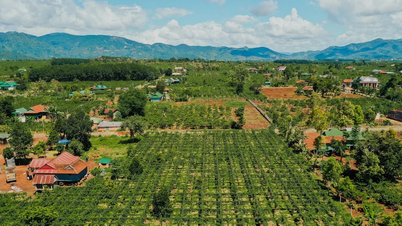
















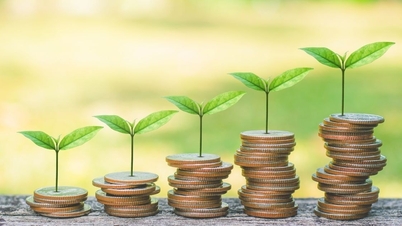






































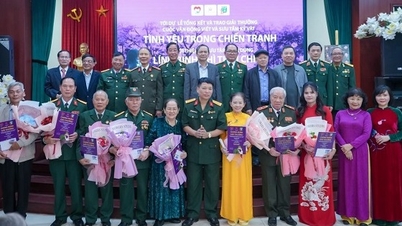
















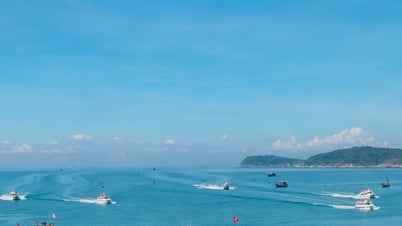

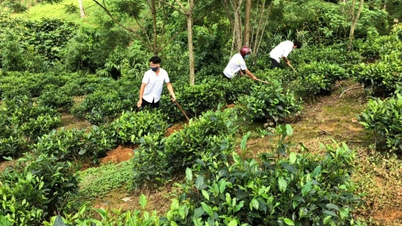














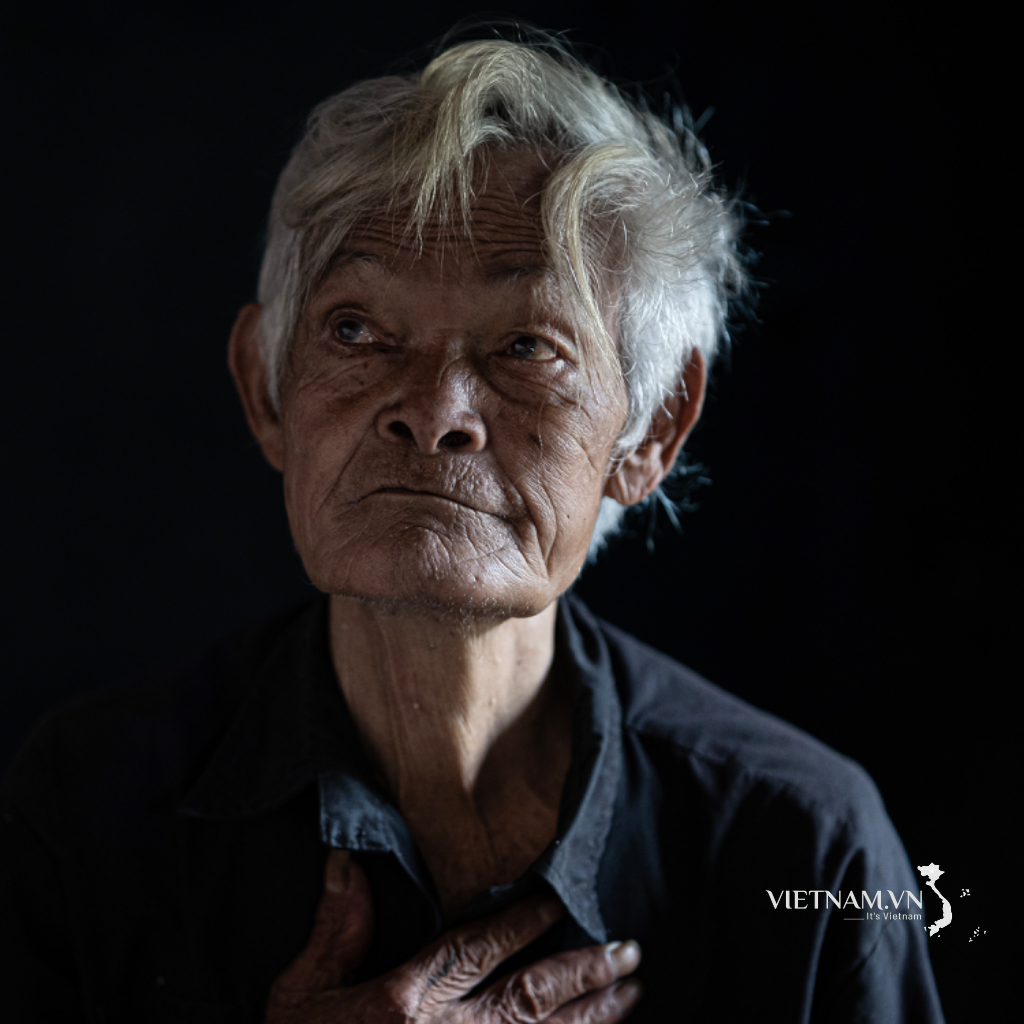
Comment (0)